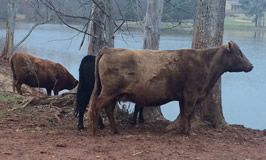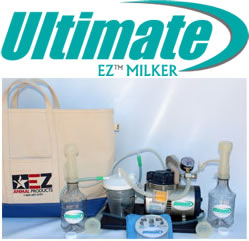Genes come in pairs (one from the father, one from the mother). An allele is either of the two copies of the same gene. In the case of Dexter coloration, we will consider our baseline color to be black. There are two completely separate genes that will make Dexters a color other than black. In [...]

-

Our brand new Dexter Cattle; A Breeders' Notebook is now offered for sale from AuthorHouse! Buy it now
-
Search this site



